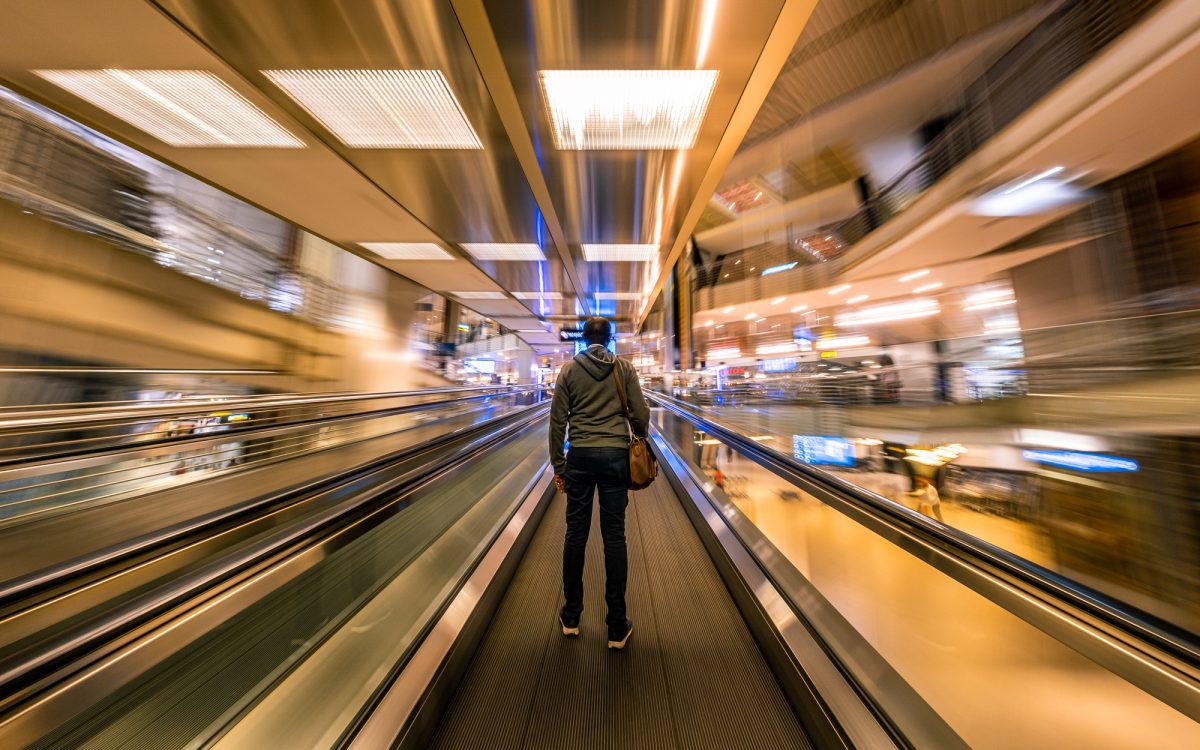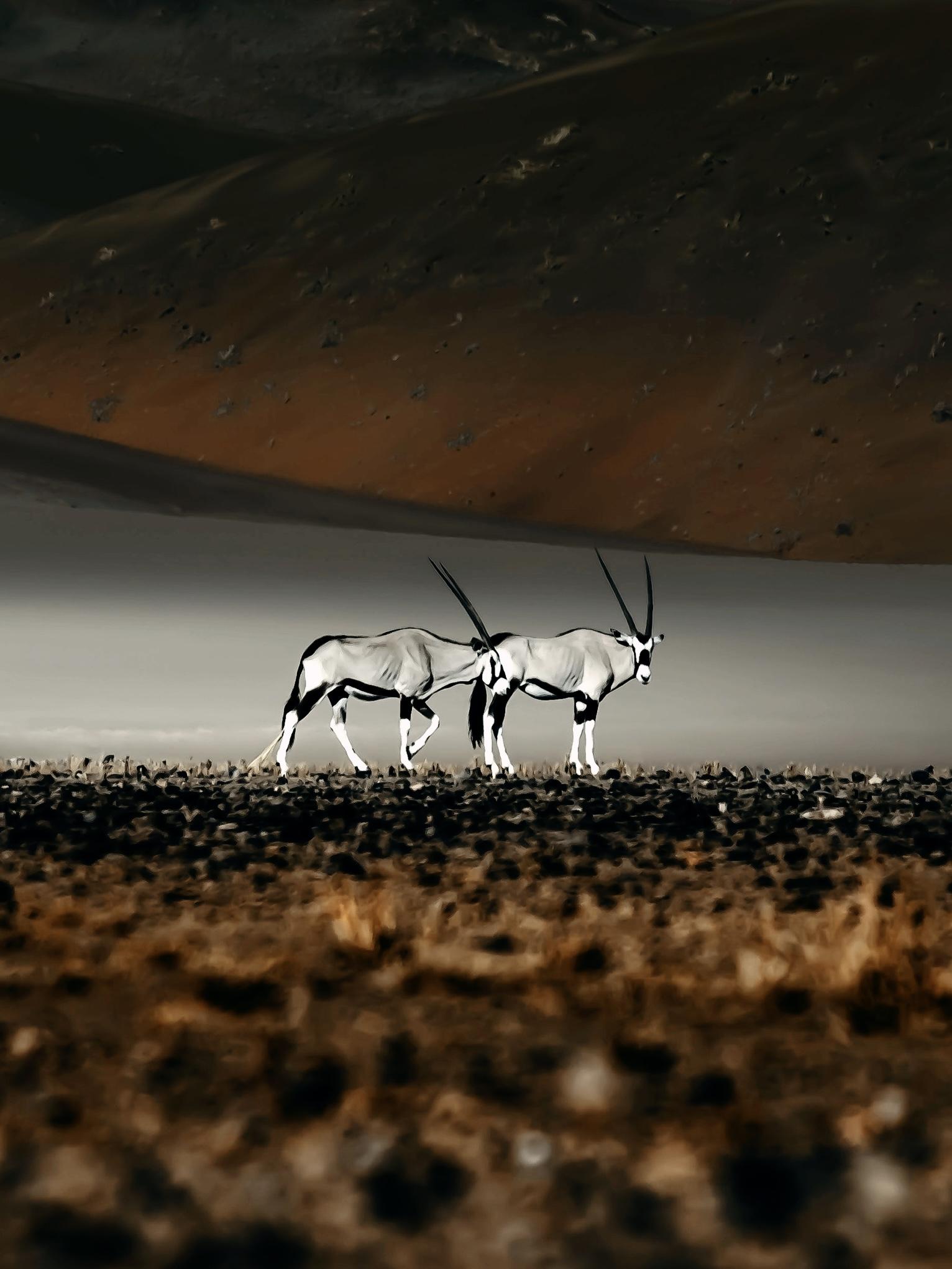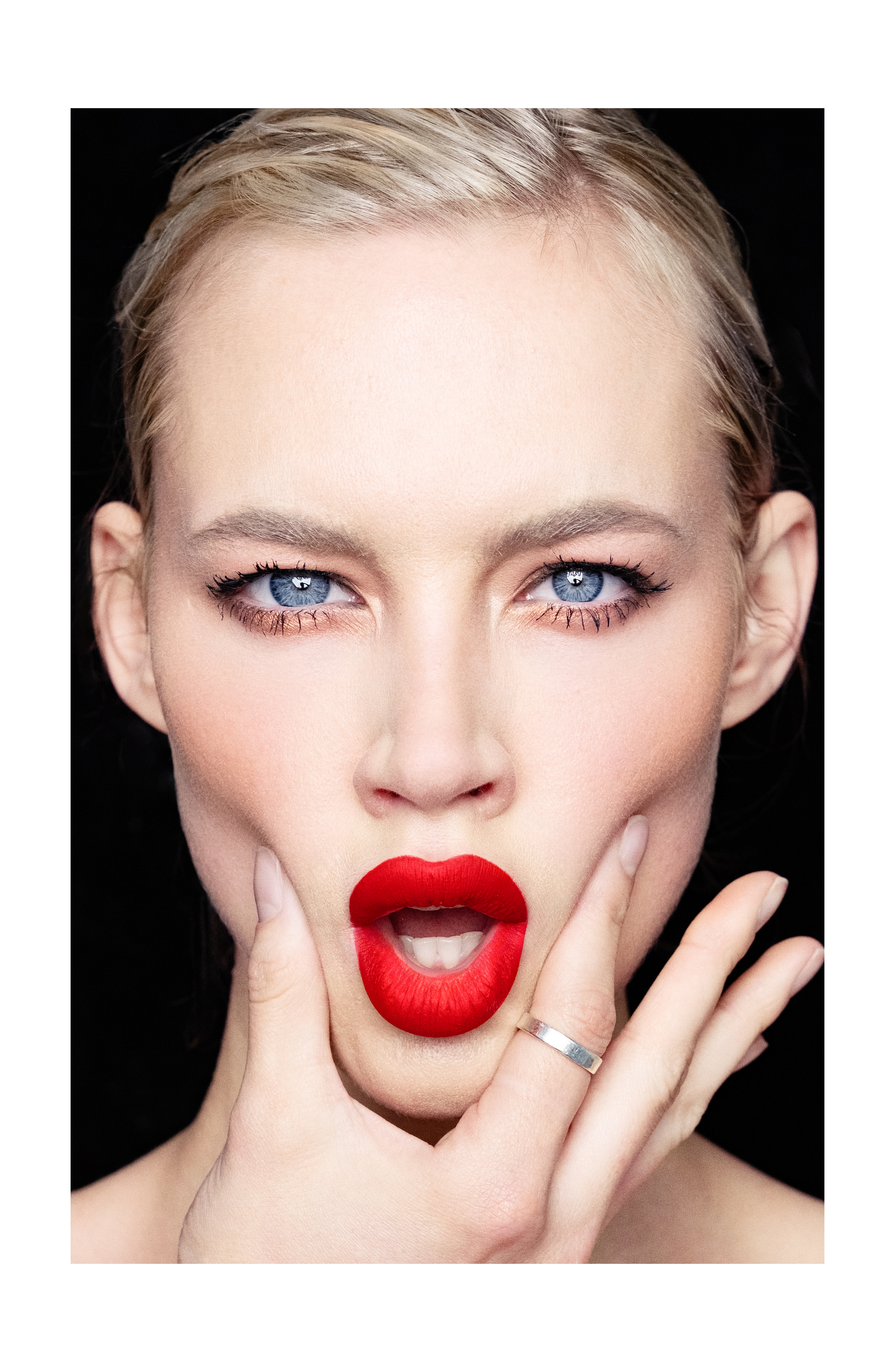ANTON BOSMAN – Is it Good Enough For Me?
Now that is an interesting question, one that always sparks the most heated debates, and along with it, we see brand converts stand up like the Queen’s guard, vehemently defending and campaigning for their “personal” beloved brand.
There is, of course, nothing wrong with becoming a “fan”, and admittedly I have become a crusader myself for my beloved brand at times.
But what does this have to do with Fujifilm?
Before I switched over to Fujifilm I was using one of the big brand names, and yes I was a fan, and yes I was a “crusader” whenever that brand name popped up in conversation.
At the time, I was also a Fujifilm user. I was one of the very first proud owners of the original X-100 that came into South Africa, the camera that started it all.
I then later acquired a Fujifilm X-Pro1. This acquisition had very little to do with my passion for the brand. My motivation had more to do with the fact that I have a weakness for beautifully built, and well-engineered inanimate objects.
Through the acquisition of that X-Pro 1, I also purchased myself the Fujifilm 10-24 f4 as it was announced, to accompany the 35 f1.4 that I got with the body.
It was in this phase of my photographic journey that I was very much an advocate of the full-frame club.
This is where things become very interesting.
I was sitting with this beautiful gear made by a company that is very much synonymous with photography, a company with a photographic pedigree like few others. Fujifilm was instrumental with not just the hobbyist, but with the working photographer in the days of film. Their pedigree and a household name in the world of photography are enough to make one sit up and take the Fujifilm brand very serious in whatever venture they pursue.
I am sitting at my computer typing out this blog, and every now and then I steal a glance of admiration at my beautifully designed, and well built silver X-T3 sitting on my desk.
I am also sitting here totally overwhelmed with guilt, and even a touch of embarrassment. Some may wonder why?
Confession time.
My love for Fujifilm had more to do with their beautifully built inanimate objects. That love was also further fuelled with the nostalgic connection I had for the brand at the time, and very little to do with their photographic merit.
Now, as I said, it’s confession time.
I had one problem, and I am sad to say it was a problem that held me back a little on my photographic journey.
I was prejudiced, a prejudice that was very readily justifiable by throwing around a host of photographic clichés, preconceived beliefs and some regular “shooting from the hip” ignorance.
“It’s only 16 megapixels” (12 mp. in the case of my X-100).
“The sensor is so small. It’s not capable of capturing enough information”.
“The cameras are cute. I will only use them as a carry-around camera, but for my professional work, I will keep using my full-frame DSLR’s”.
“The lenses are small, too small to take that little bit of glass on the front element serious.”
“The X-series is still very new, and they need much more R&D before they can compete with the bigger players.”
These were all the things I told myself. Even though up to this point. I had already invested some hard-earned money into these “toys.”
My life took a very sudden and quick change, however.
I entered a photographic competition. The winning prize was a Fujifilm X-T10. I won the competition and was now the proud owner of three Fujifilm X-series cameras.
I was commissioned to do some work in Durban.
Boarded a plane with my camera bag (which happened to be overweight as hand luggage), I had a jacket with pockets and ended up shoving three lenses into my pockets just to make sure the bag was now at the permitted weight limit.
One of those lenses was my wide-angle lens, it was a massive beast, and almost twice the size of the Fujifilm 10-24 f4, but you could not pry that big lens from my hands, even with a crowbar. I needed to do some cityscapes of Durban, the viewpoint I was taken to, had the most scenic view of Durban, and it was a high point from the Musgrave side of town.
My only challenge was a relatively high wall covered with barbed wire. I only had one spot where I could climb on to a rock. This allowed me to get high enough to be able to look over the wall so that I could start working on my compositions.
There was no way that my DSLR with heavy lenses and a tripod was going to work at that viewpoint. It was, after all, to be a night photograph. Immense panic set in, but I soon puckered up and started thinking of a possible solution.
I only had one night to get the shot. “That X-T10 with 16-50 kit lens and Gorilla Pod is in the car” I reminded myself.
It was a “make or break” scenario, and if I can’t make it, I will simply take one on the chin and admit to failure.
To not drag out the rest of the story, I took a few frames and packed up my gear. Returned to the place where I was staying and immediately proceeded to the post-processing on my laptop.
What started developing in front of my eyes had me gobsmacked. The images were crisp, clear and void of the expected noise. The colours were to die for, and instead of sharpening as I always do, I actually found myself not having any need for sharpening.
The artificial lights in the buildings looked crisp and well defined. I actually sat back and loudly said to myself “These are the kind of photos I have always wanted to take”
This was the most significant change in my photographic journey. The moment where I gave myself a rap over the knuckles for sitting on such beautiful light-capturing “boxes” that I personally never took serious enough.
Within days I started losing the passion for my “fool frame” beliefs, I grew further and further apart from my “big and boisterous” cameras.
My ability with the X-system really suited the way I always wanted to handle a camera. The usual disconnection I usually felt. Now had become a more organic and tangible connection with these inanimate objects.
I loved handling my Fujifilm cameras, fell in love wit their machined dials and their simple design.
I was in a photographer’s nirvana. I was transformed back to the familiar, that familiarity coming from the film cameras I used. When I had worked in a darkroom as a freelance real estate photographer.
Much like a beautiful automatic watch with a crystal exhibition back, where one can see the heartbeat of the watch whilst the balance wheel whirrs away, tensioning up the hairspring, and the escapement wheel counts off the seconds. The buttons on an X-series camera gives the same feeling of romanticism.
Using an X-series body brings a nostalgia that builds a bond. A love affair that very few people could even imagine they may have for an inanimate object.
My journey from hereon has been incredible; the Fujifilm XF10-24mm f4 is simply an extension of my hands and fingers, that lens has become my most prized possession.
I have owned several X-series products over the past few years, and every single bit of that kit has been used with much love.
Besides all the nostalgia, the engineering designs, image quality, price, and exceptional value for money, there is something else the system has done for me.
I have managed to open up my creative outlet and thought process much more than I could ever have dreamed of.
The ease and pleasure of using the system has turned me into a far better photographer than I could ever have imagined.
Long exposures are much easier to do. The dynamic range of the X-series sensor is merely mindblowing. It is easy and straightforward to control the shadows and highlights before even pressing that shutter button.
The colours are simply to die for, and the image crispness and sharpness is what dreams are made of.
Is it good enough for me?
I see this question often over various social media platforms, usually followed by “`I use my Fujifilm camera for fun, but have kept my DSLR’s for serious and paid work.”
Wow, as if the system is not good enough to suffice the demands of the most serious professionals.
“Fujifilm has a long way to go in terms of wildlife”.
“Corporate companies deserve a better camera and better image quality than what my mirrorless is capable of.”
What utter nonsense.
I am going to make a claim today, and this is not aimed at any individual or person, but if the Fujifilm system is “not good enough” for the work you do, then perhaps you are not using the system to its full capability.
These comments are often also as a result of prejudice, that very same prejudice that I had before my beliefs were changed by my own personal journey.
Please take time to look at the work of my fellow X-photographers.
I will name a few with exceptional work.
Peter Delaney for his wildlife and landscape work, Andre Badenhorst for his conceptual portraits and work with some of South Africa’s top music bands and celebrities.
Mardee Maree for his exceptional work with models, corporate companies and magazines.
These are photographers at the very top of their game on a system that some deem “Not good enough for what I do.”
I have been commissioned by several corporates myself, and my images have been printed on billboards, locally and internationally, television studios and magazines, to name a few.
All on a system that at one point “was not good enough for me.”
Like a collector who feels very special when he looks at the hands-on his Rolex to see what the time is, it makes me feel very special every time I pick up a Fujifilm camera to make a picture.
Yes I love the brand, yes the product is excellent and if you are wondering what I may add next?
Let’s just say that I am hoping to add an X-Pro 3 to my stable very soon, I want more of that romanticism, more of that nostalgia.
Yes, I am addicted.
I am Anton Bosman, a Fujifilm X-Photographer.
Instagram: @antbosman
Facebook Page: Landscapes by Anton Bosman.













